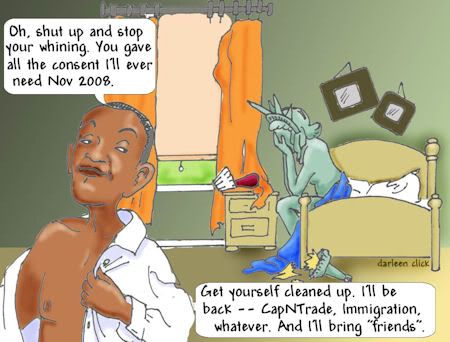Nussbaum, Felicity. Torrid Zones.
Lee, Debbie. Slavery and the Romantic Imagination.
Richard Burton postulated the “Sotadic zone”, in which male-male sexuality was normal and accepted south of certain latitudes. This equation of sexuality and geography was a common subtext of 18th and 19th century discourses, and still prevalent today. Sexuality was equated with other cultural traits, such as sloth versus industry, reason versus emotion, and these traits were equated with particular geographical regions. (Nussbaum, Pg. 8-9) “Androgynous, transgressive, ‘monstrous,’ lesbian, and working-class women – indigenous and colonizing women – are all linked metaphorically to bawdy women and are located on the fringes of respectability akin to brute savagery.” (Nussbaum, pg. 10)
It wasn’t only men who “exploited” the imaginative space of the Orient for sexual purposes. Daniel Defoe’s Roxana (1724) imitates the Turkish slave women she sees on her Grand Tour in her dress and dancing, gaining power and agency via performing as “England’s caricature of the Turkish harem woman” (Nussbaum, Pg. 35) at masquerades. Likewise, Lady Montagu’s description of Turkish baths had a strong frisson of lesbianism. (Nussbaum, pg. 139)
Our modern conceptions of normal gender and sexuality were still being sorted out at this point in Western history. Homoerotic relationships between women were seen as part of initiating women into sexuality with the eventual goal of heterosexuality and marriage. “Same-sex desire, initiation into heterosexuality through homosexuality, or bisexual activity [in women] did not fix sexual identity but instead influenced public opinion of a woman’s character that was itself defined by the visible–that is, by cross-dressing or by publicly acceptable intimacy between women.” (Nussbaum, Pg. 147) (Cf. the Brittany-Santana relationship in Glee. Kurt goes through agony because of self-identification as gay despite a lack of actual sexual experience, while Brittany and Santana freely screw around but maintain their performance of normative gender as cheerleaders)
Another way people related to the African or Oriental slave was by acts of imagination, notably for our purposes in Adam Smith’s Theory of Moral Sentiments (1759) (Lee, pg. 34) He cites the example of imagining ourselves into a suffering slave on the rack, feeling his bodily experience.
Could the true experience of suffering be conveyed to the person who had not literally suffered so? Or did it only fall into stereotype?
Abolitionist poems relied so heavily on stereotypes that it is impossible to imagine the movement without the standard register of diseased ships, growling captains, clamoring crews, greedy planters, lush tropical isles, shackled slave men, and dejected slave women grabbing after their children. Although these images all had some basis in reality, writers invoked this cliched catalog for some specific reasons. Like dinnerware and sugar bowls, stereotypes existed through duplication and thrived through mass consumption. The etymology of the word stereotype, in fact, refers to the printing plate used to reproduce many copies of the same material, and therefore emphasizes how abolitionist poets who employed the slave mother stereotype were in the business of sentimental reproduction.
Lee, pg. 212
You could also apply that to pornography, mass production of familiar types. Mary Prince’s slave narrative The History of Mary Prince (1831), describes her beating in great detail (Lee, Pg.215), but she also stops several times in her narrative to say her suffering is “too, too bad to speak in England” (Lee, Pg. 216). This recalls Harriet Jacobs’ difficulty getting her own un-expurgated slave narrative published a few decades later. Prince (who dictated her story that was transcribed and edited by others for abolitionist purposes) keeps “intruding” into her own story, reminding the reader of the actual person who experienced this and preventing the usual free flow of identification between author and text.

